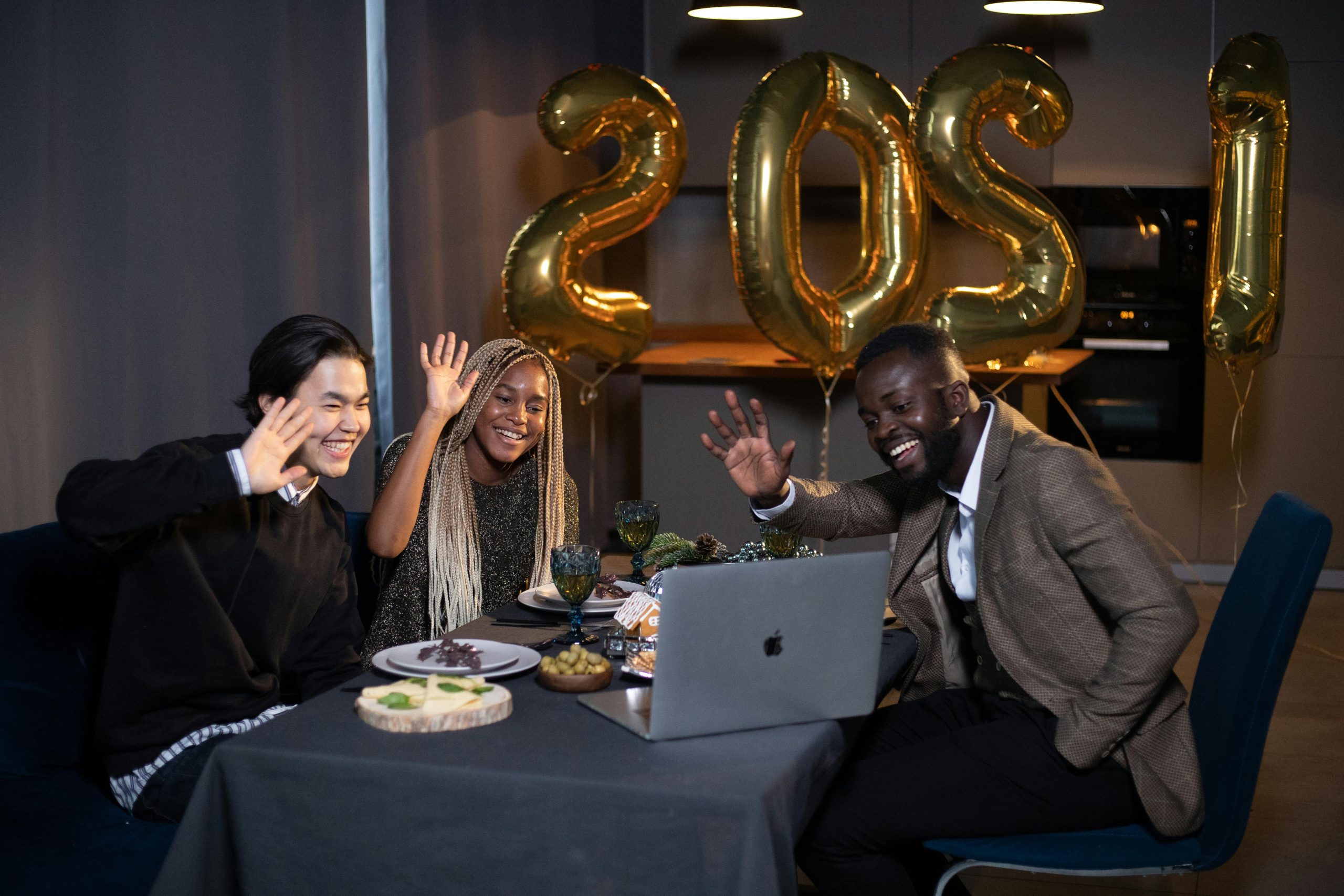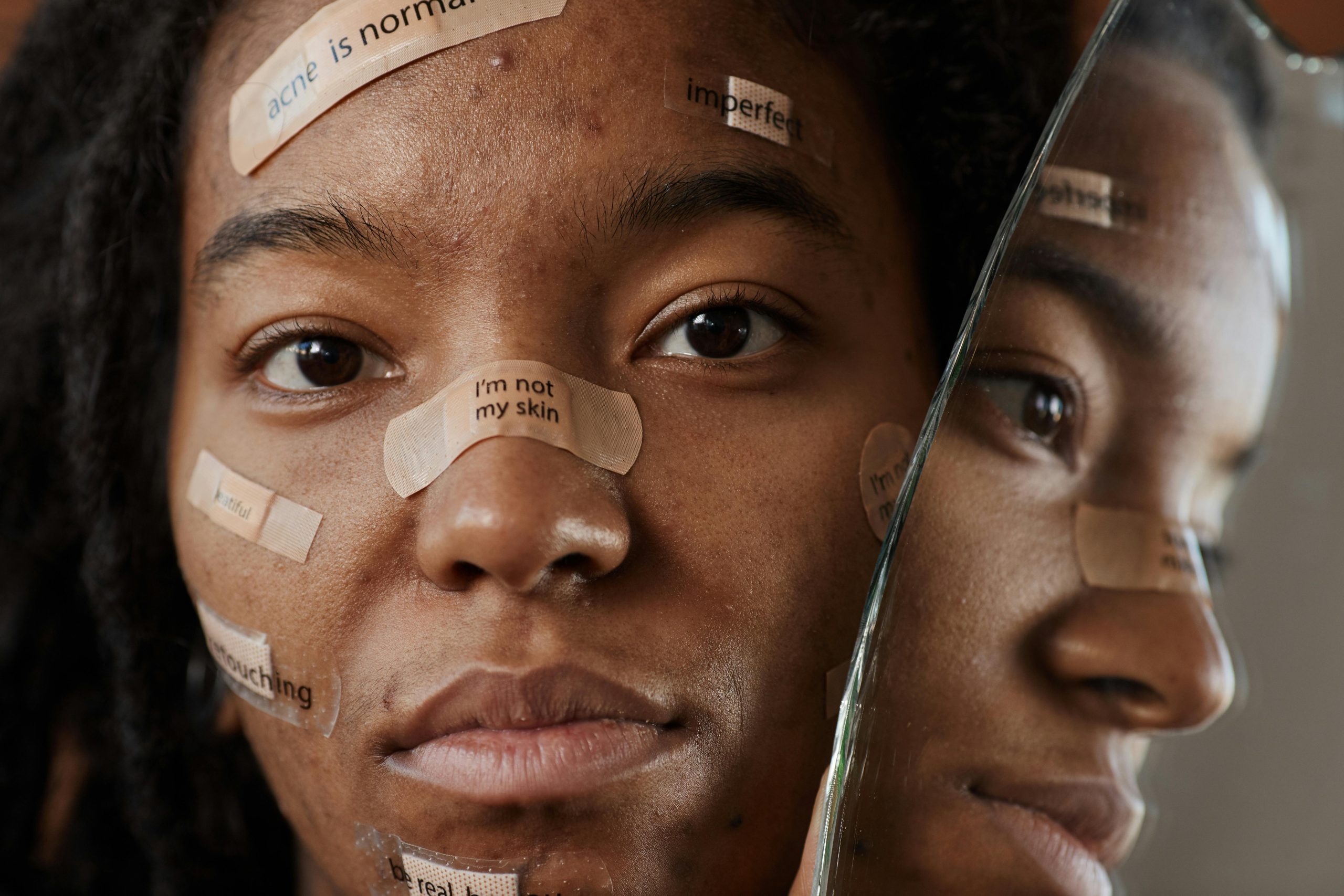Nighttime Left Turn Accident – Is the Other Driver Partially at Fault?
I was recently involved in a car accident and would like some insights on whether I am entirely at fault or if there might be some shared responsibility.
The incident occurred at an intersection around 8 PM when it was quite dark. I had a green light and was in the process of making a left turn. Before making the turn, I looked out for any pedestrians (since I needed to yield to them) and checked for oncoming traffic. I didn’t notice any vehicles approaching, so I continued with my turn.
Out of nowhere, another car appeared, and we collided as I was already turning. I suspect the other driver’s headlights were off, which is likely why I didn’t see her before the accident. However, I don’t have any solid evidence to confirm that her headlights were indeed off.
After the collision, while we were both seated in my car, I brought up the possibility that her headlights were off. Instead of denying it, she replied with something like, “My front lights turn on automatically.” This made me wonder if she hadn’t manually checked her lights and might not have realized if they were off.
I also spoke to a witness who was behind me, but they couldn’t confirm whether the other car’s headlights were on or off.
I know that typically, drivers making a left turn are held responsible for yielding to oncoming traffic. However, in this situation, I genuinely couldn’t see the other car and believe it was largely due to the absence of headlights.
Do you think this could be considered shared fault (50/50), or am I fully to blame?
I would greatly appreciate any advice or similar experiences!




Based on the details you’ve provided, it certainly sounds like there may be grounds for considering shared fault in this accident. While it is true that left-turning drivers generally bear the responsibility to yield to oncoming traffic, there are various circumstances that can influence how fault is determined.
Visibility Factors: If the other driver’s headlights were indeed off, that could potentially contribute to shared fault. Drivers are required to use their headlights during low visibility conditions, such as at night. If you can establish that the other driver’s lights were off, it may support your claim that you were unable to see the vehicle, contributing to the accident.
Witness Testimony: Although the witness could not confirm the status of the other driver’s headlights, their presence may still provide support for your perspective on the accident. It’s helpful that you have someone who can corroborate that you were in the process of turning when the collision occurred.
Driver Responsibility: While you have the primary responsibility to yield while making a left turn, other contributing factors such as the other driver’s visibility and actions can play a role. If the other driver was driving recklessly, perhaps by speeding or driving without functioning headlights, it may factor into the determination of fault.
Insurance Involvement: Ultimately, sharing your account with your insurance company and possibly the local authorities will be key. They may conduct an investigation into the accident and take into consideration witness testimonies and any traffic camera footage if available.
Local Laws: Fault determination can also vary by state or region due to differing traffic laws and regulations. Some places follow a comparative negligence standard, which means that fault can be divided among parties based on their actions leading up to the accident.
In summary, while you may still find yourself being held partially responsible due to the nature of left turn accidents, the circumstances surrounding limited visibility at night due to potentially inoperative headlights could lead to a more nuanced view of fault. It might be beneficial to consult with a legal professional who can provide guidance based on local traffic laws and help you navigate the insurance process.